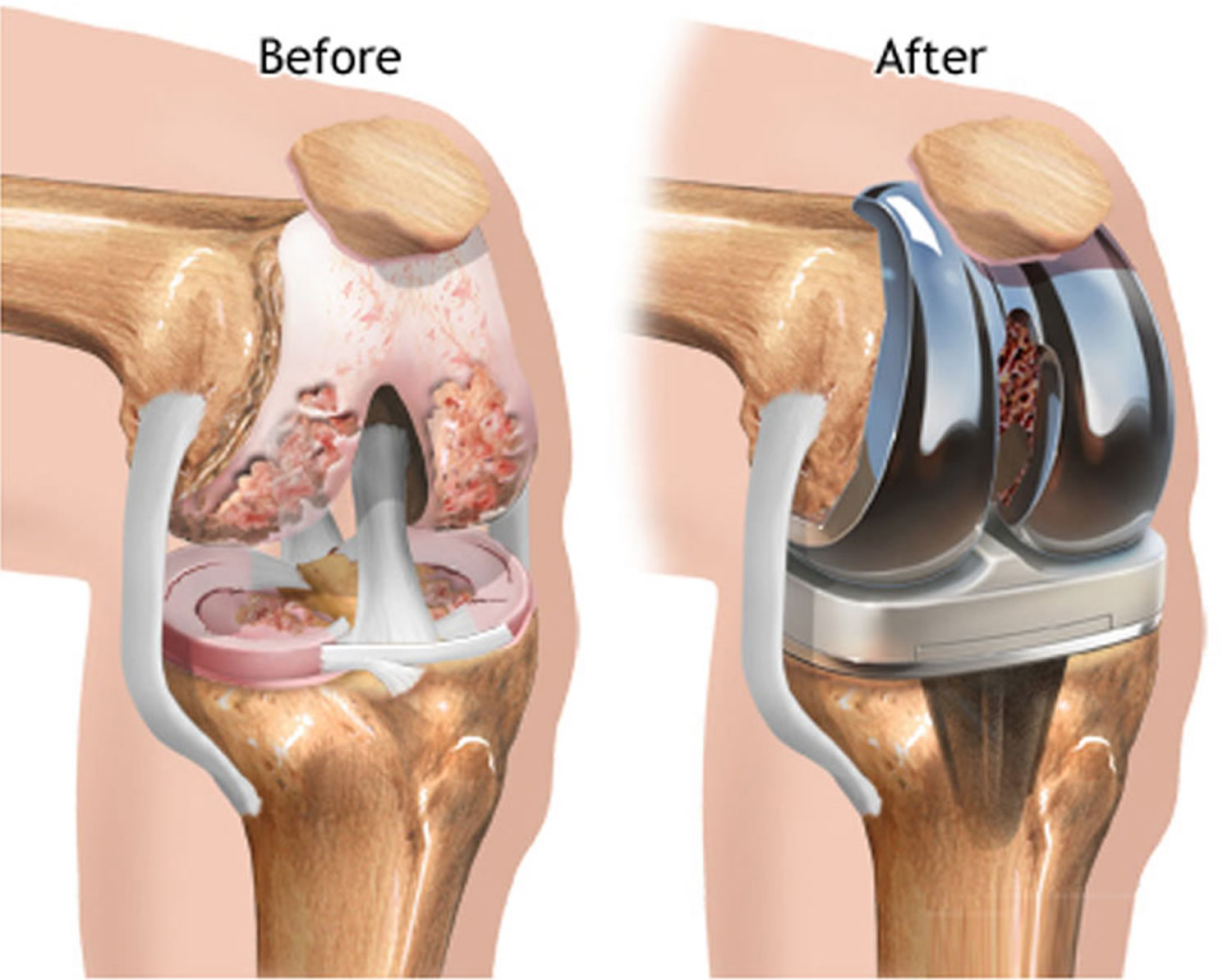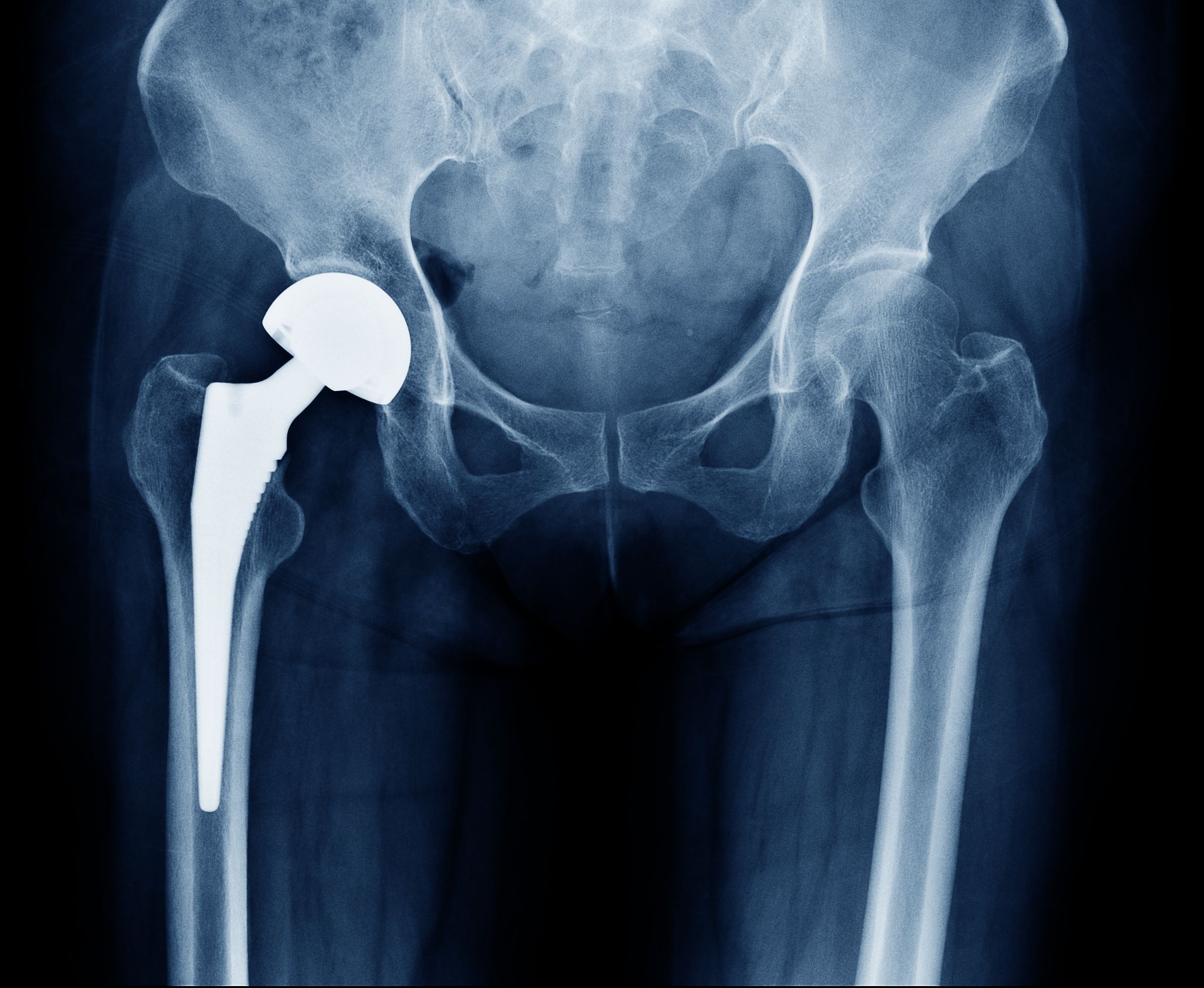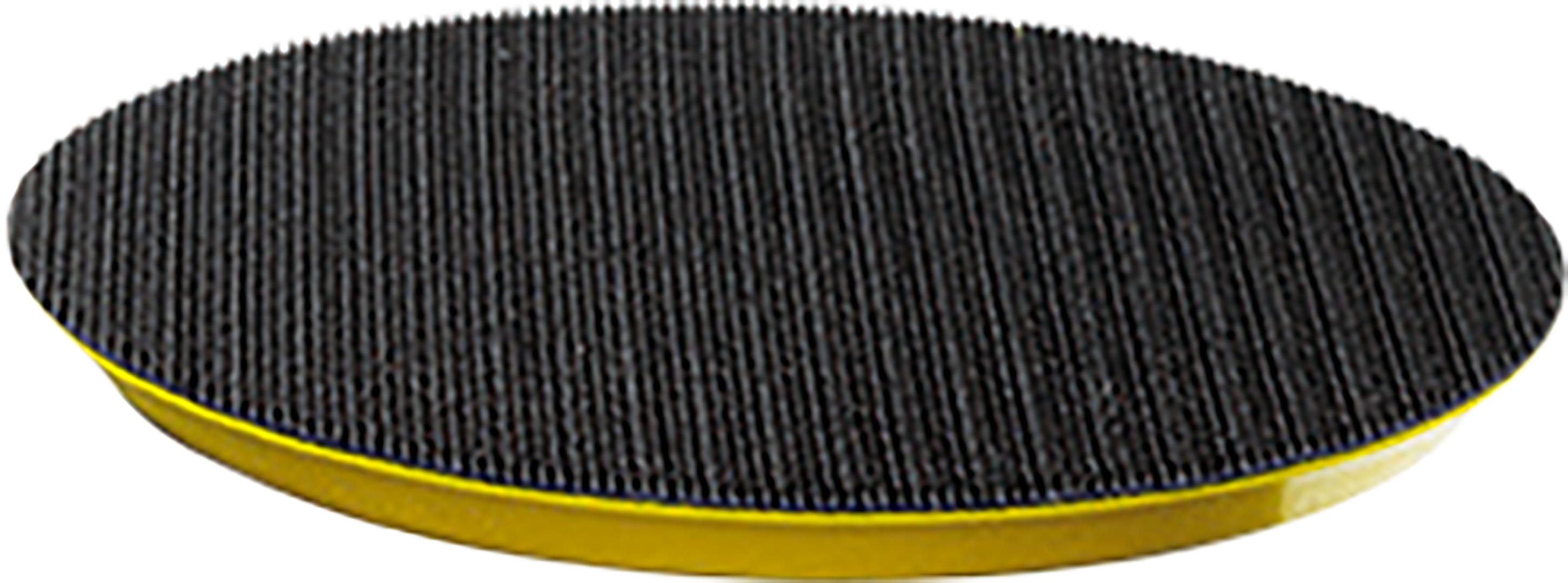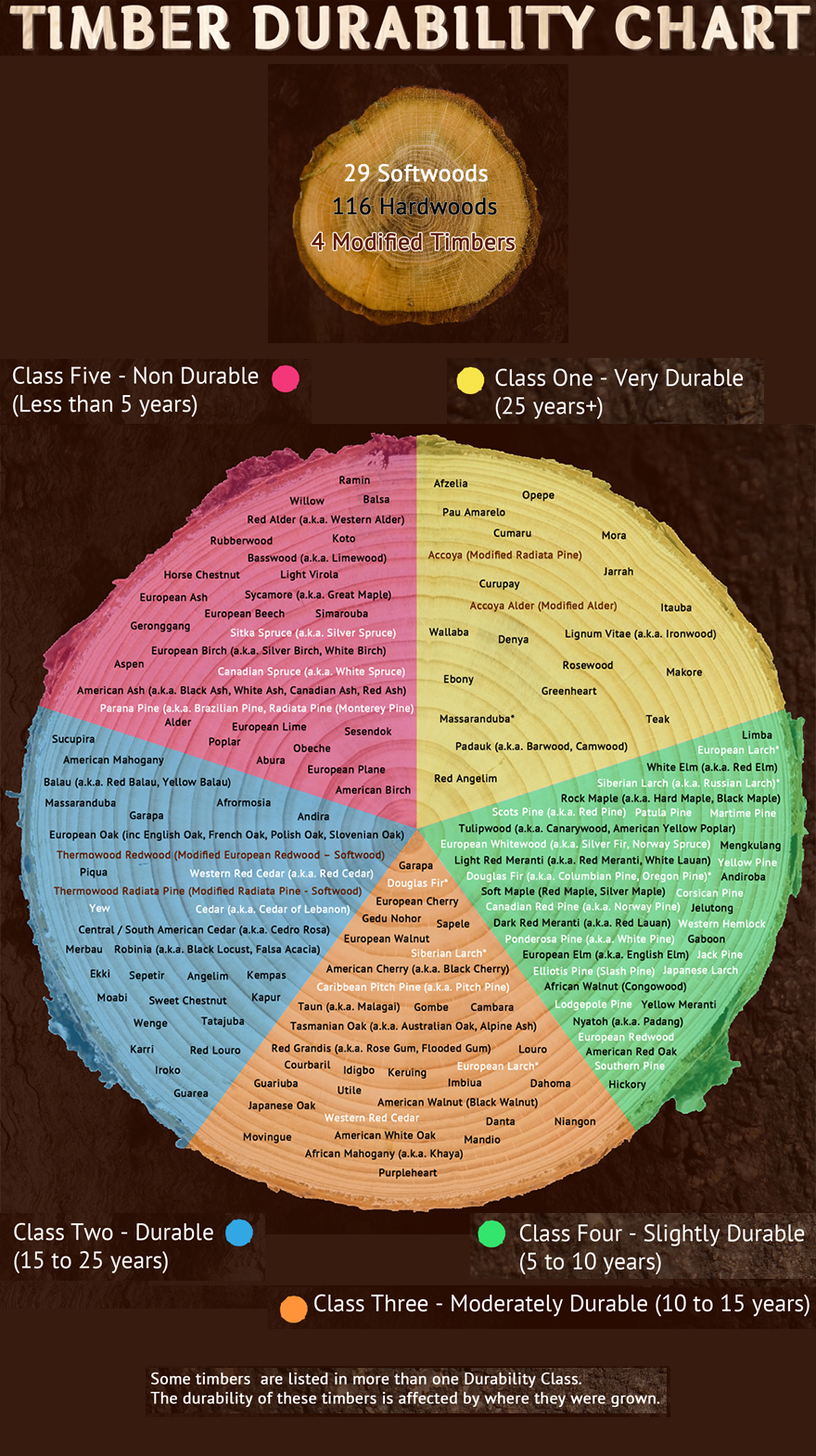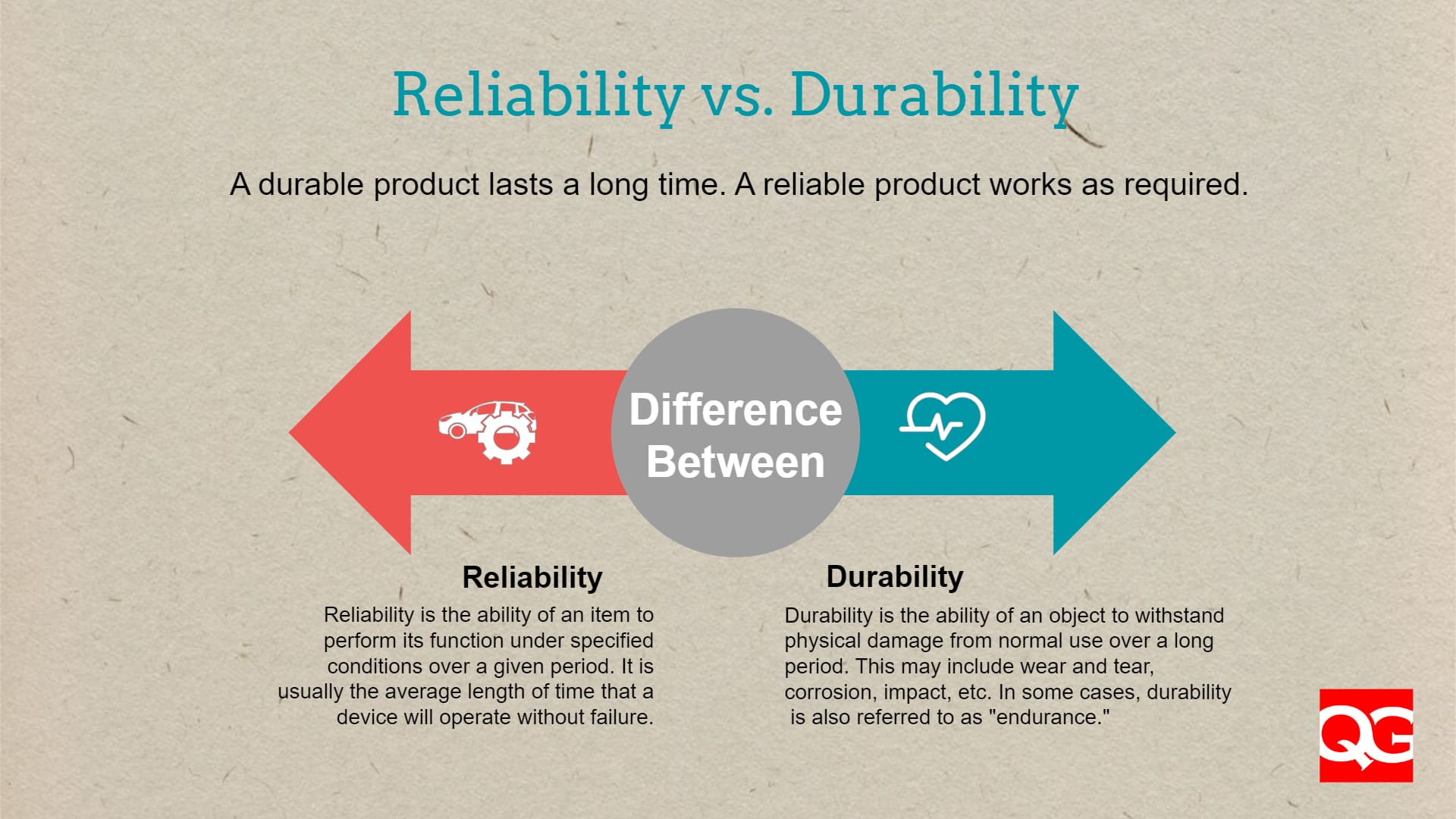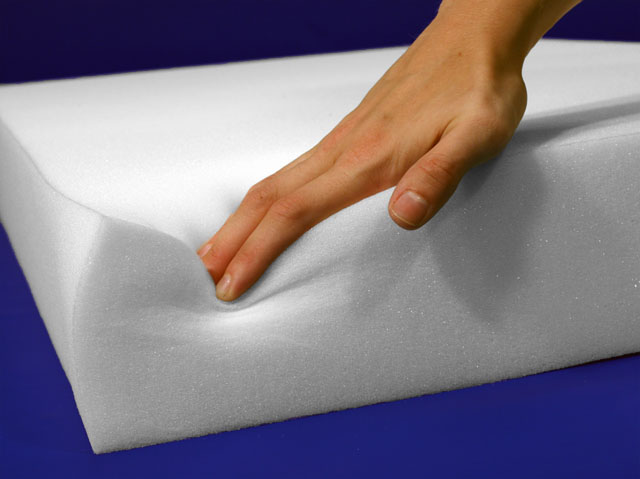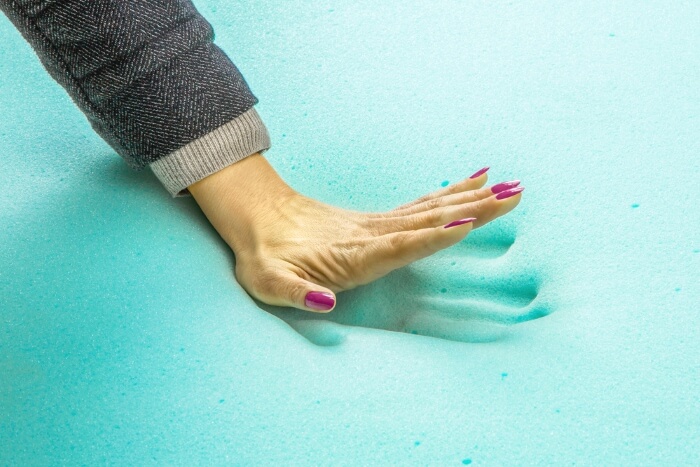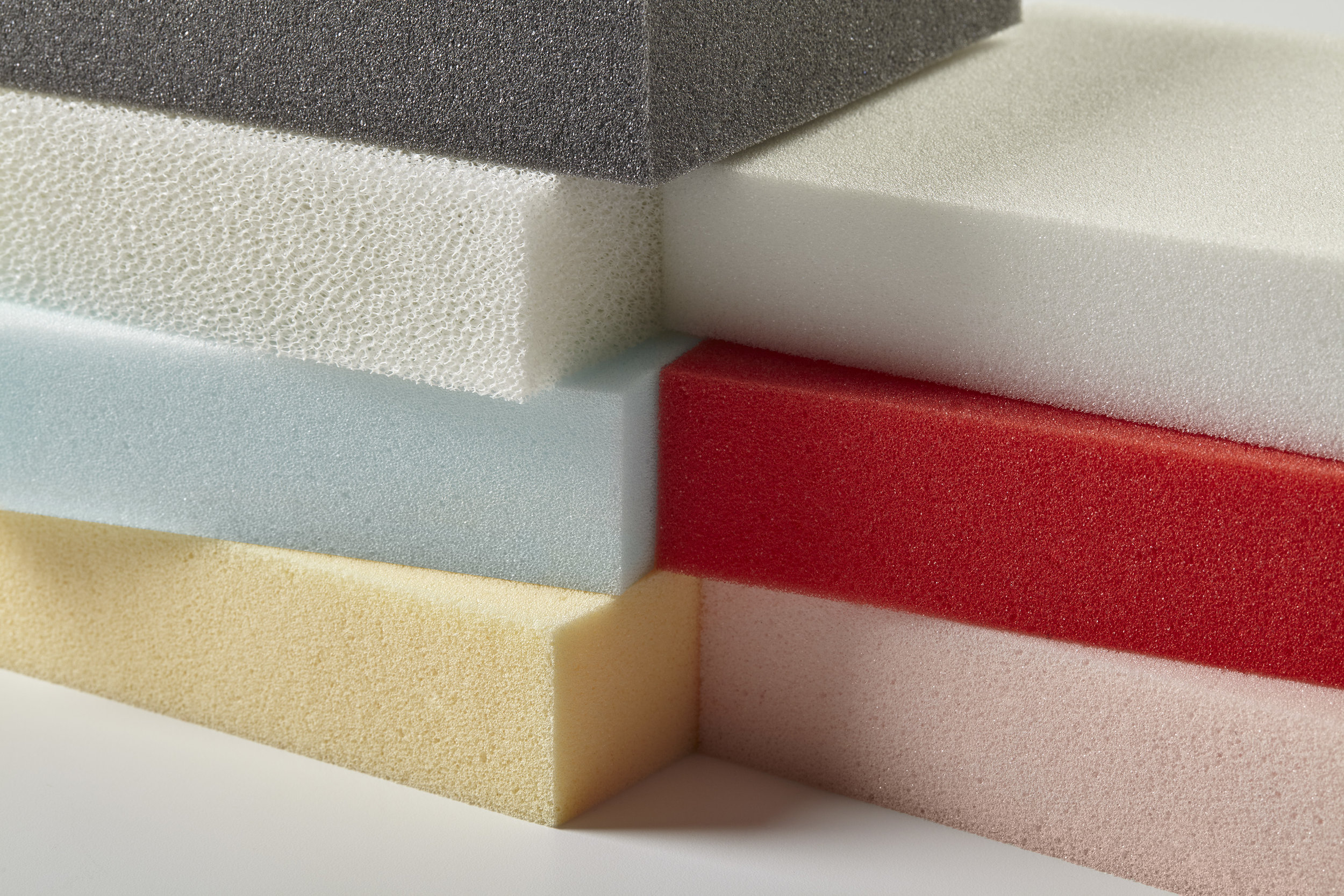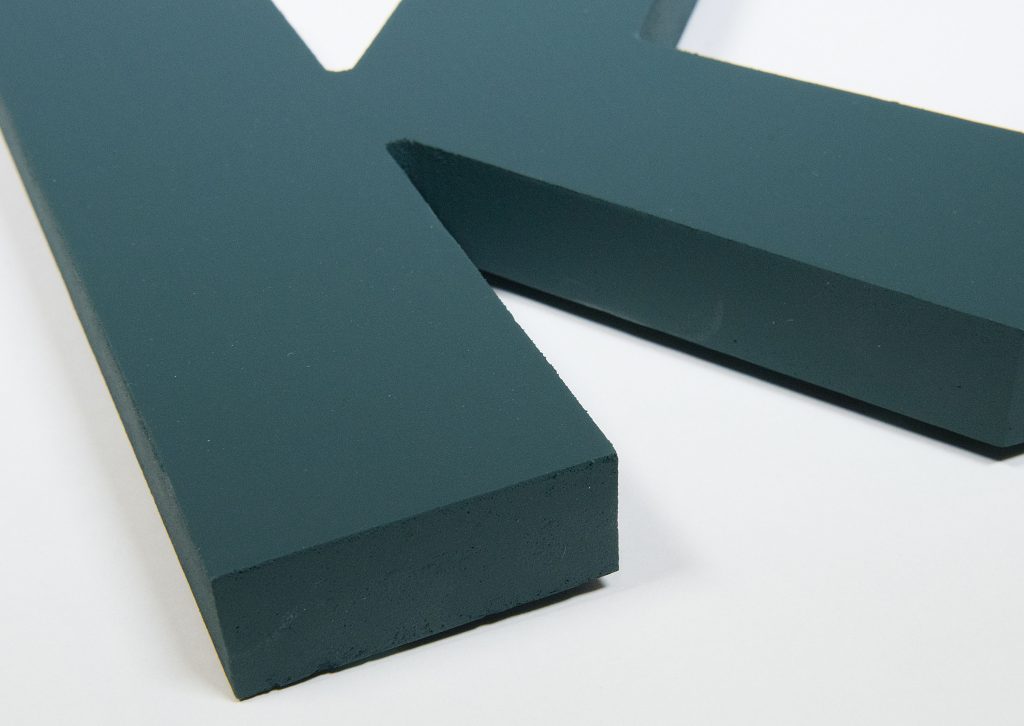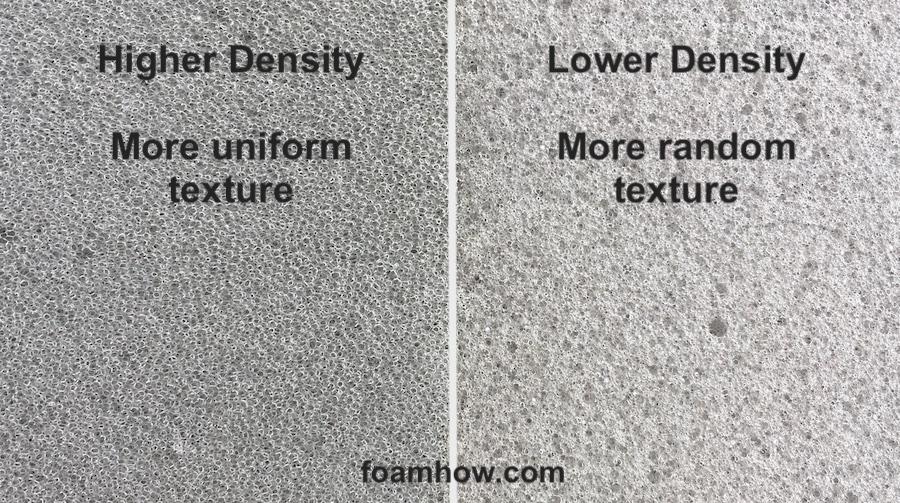1. Understanding the Problem: Dips in Your Memory Foam Mattress
If you have recently noticed dips or indentations in your memory foam mattress, you may be wondering what caused them and if there is a solution. These dips, also known as sagging, can be frustrating and affect the overall comfort and support of your mattress. In this article, we will explore the top 10 reasons why your memory foam mattress may have dips and what you can do about it.
2. Age and Usage
One of the most common reasons for dips in a memory foam mattress is age and usage. Over time, the foam may lose its density and resilience, causing it to sag in certain areas. This is especially true if you regularly sleep in the same spot, as this can put extra pressure on that area of the mattress.
3. Poor Quality Foam Density
The density of the foam used in your mattress can also play a significant role in its durability. Memory foam mattresses with a lower density tend to be less durable and may develop dips more quickly. It is essential to invest in a high-quality foam with a density of at least 4 pounds per cubic foot for long-lasting support and comfort.
4. Insufficient Support
Another possible cause of dips in your memory foam mattress is a lack of proper support. Memory foam mattresses require a solid, flat foundation to maintain their shape and prevent sagging. If your foundation is weak or has uneven support, it can lead to dips and indentations in your mattress.
5. Excessive Weight
If you or your partner weigh more than the average person, it can put extra pressure on your mattress and cause it to sag in certain areas. This is especially true for memory foam mattresses with a lower density. Consider investing in a higher density foam or a firmer mattress to avoid dips caused by excessive weight.
6. Improper Cleaning and Care
Improper cleaning and care of your memory foam mattress can also contribute to dips and indentations. Using harsh chemicals or cleaning products can break down the foam and weaken its structure, leading to sagging. It is best to follow the manufacturer's instructions for cleaning and maintaining your mattress to prevent this issue.
7. Temperature and Humidity
Memory foam mattresses are sensitive to temperature and humidity, and extreme fluctuations in these conditions can cause dips and indentations. High levels of humidity can soften the foam and make it more prone to sagging, while low temperatures can make it feel firmer and more supportive. It is essential to keep your bedroom at a consistent temperature and humidity level to avoid this issue.
8. Poor Warranty Coverage
If your memory foam mattress has developed dips within a short period, it may be due to poor warranty coverage. Some manufacturers only cover dips that exceed a certain depth, and if your mattress has dips within this range, you may not be eligible for a replacement. It is crucial to read the warranty terms and conditions carefully before purchasing a mattress.
9. Lack of Proper Rotation
Rotating your mattress regularly is essential to maintain its shape and prevent dips from forming. If you neglect to rotate your memory foam mattress every 6 months, the foam in certain areas may compress more than others, leading to sagging. Make sure to follow the manufacturer's instructions for rotation to ensure even wear and tear.
10. Replacement Options
If your memory foam mattress has developed significant dips and is no longer comfortable or supportive, it may be time to consider a replacement. When shopping for a new mattress, make sure to look for high-density foam and a solid foundation for proper support. It is also important to invest in a mattress with a generous warranty to ensure long-lasting comfort and durability.
The Importance of a Good Mattress for a Good Night's Sleep

The Struggle with Dips in a Mattress
 A good night's sleep is essential for our physical and mental well-being. After a long day, we all look forward to laying down on a comfortable and supportive mattress to get some much-needed rest. However, what happens when your once comfortable mattress starts to develop dips and sagging spots? This is a common issue faced by many individuals who have invested in a memory foam mattress. While memory foam mattresses are known for their comfort and support, they are not impervious to wear and tear. In this article, we will delve into the causes of dips in a memory foam mattress and how to prevent and fix them.
One of the main reasons for dips in a memory foam mattress is the breakdown of the foam over time. Memory foam mattresses are made up of layers of foam that contour to the shape of your body, providing support and pressure relief. However, the constant weight and pressure of our bodies can cause the foam to break down and lose its shape, resulting in dips and sagging spots. Additionally, factors such as improper placement of the mattress, using the wrong type of foundation, and excessive exposure to heat can also contribute to the formation of dips in a memory foam mattress.
Preventing and Fixing Dips in a Memory Foam Mattress
To prevent dips in your memory foam mattress, it is essential to take proper care of it. This includes rotating the mattress regularly, using a suitable foundation, and avoiding placing it in direct sunlight or near heat sources. Additionally, it is recommended to invest in a good quality mattress protector to protect the foam from spills and stains, which can also contribute to its breakdown.
If your memory foam mattress already has dips and sagging spots, there are a few steps you can take to fix the issue. One option is to use a mattress topper to add extra support and cushioning to the affected areas. Another solution is to rotate the mattress regularly, as this can help redistribute the weight and pressure on the foam, allowing it to regain its shape. In more severe cases, you may need to replace the foam layers or invest in a new mattress altogether.
In conclusion, a good quality mattress is crucial for a good night's sleep, and dips in a memory foam mattress can significantly impact its comfort and support. By understanding the causes of dips and taking proper care of your mattress, you can prevent and fix this issue, ensuring that you continue to get the restful sleep you deserve. Remember to regularly rotate your mattress, use a suitable foundation, and protect it from spills and stains to keep your memory foam mattress in excellent condition.
A good night's sleep is essential for our physical and mental well-being. After a long day, we all look forward to laying down on a comfortable and supportive mattress to get some much-needed rest. However, what happens when your once comfortable mattress starts to develop dips and sagging spots? This is a common issue faced by many individuals who have invested in a memory foam mattress. While memory foam mattresses are known for their comfort and support, they are not impervious to wear and tear. In this article, we will delve into the causes of dips in a memory foam mattress and how to prevent and fix them.
One of the main reasons for dips in a memory foam mattress is the breakdown of the foam over time. Memory foam mattresses are made up of layers of foam that contour to the shape of your body, providing support and pressure relief. However, the constant weight and pressure of our bodies can cause the foam to break down and lose its shape, resulting in dips and sagging spots. Additionally, factors such as improper placement of the mattress, using the wrong type of foundation, and excessive exposure to heat can also contribute to the formation of dips in a memory foam mattress.
Preventing and Fixing Dips in a Memory Foam Mattress
To prevent dips in your memory foam mattress, it is essential to take proper care of it. This includes rotating the mattress regularly, using a suitable foundation, and avoiding placing it in direct sunlight or near heat sources. Additionally, it is recommended to invest in a good quality mattress protector to protect the foam from spills and stains, which can also contribute to its breakdown.
If your memory foam mattress already has dips and sagging spots, there are a few steps you can take to fix the issue. One option is to use a mattress topper to add extra support and cushioning to the affected areas. Another solution is to rotate the mattress regularly, as this can help redistribute the weight and pressure on the foam, allowing it to regain its shape. In more severe cases, you may need to replace the foam layers or invest in a new mattress altogether.
In conclusion, a good quality mattress is crucial for a good night's sleep, and dips in a memory foam mattress can significantly impact its comfort and support. By understanding the causes of dips and taking proper care of your mattress, you can prevent and fix this issue, ensuring that you continue to get the restful sleep you deserve. Remember to regularly rotate your mattress, use a suitable foundation, and protect it from spills and stains to keep your memory foam mattress in excellent condition.

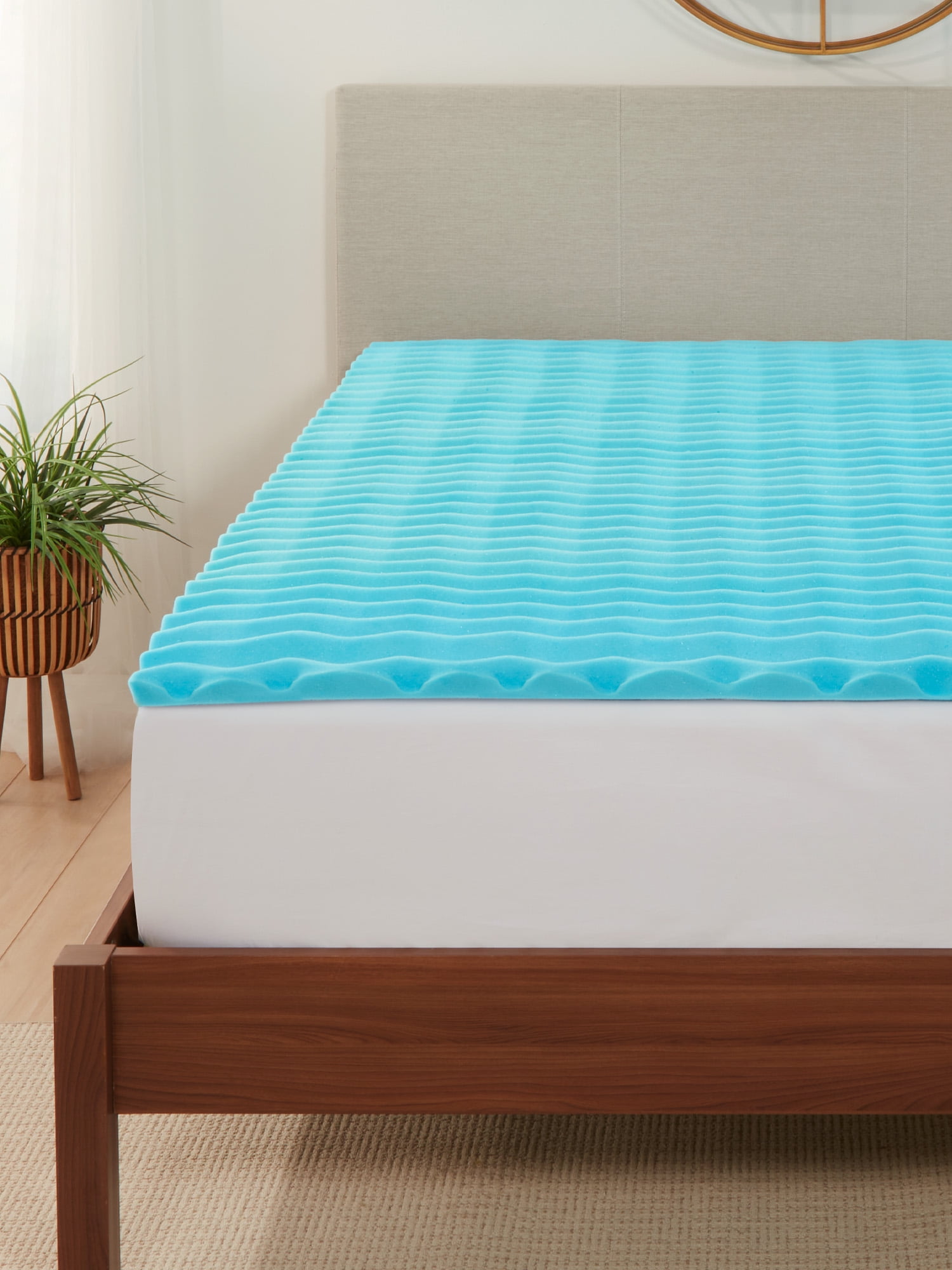







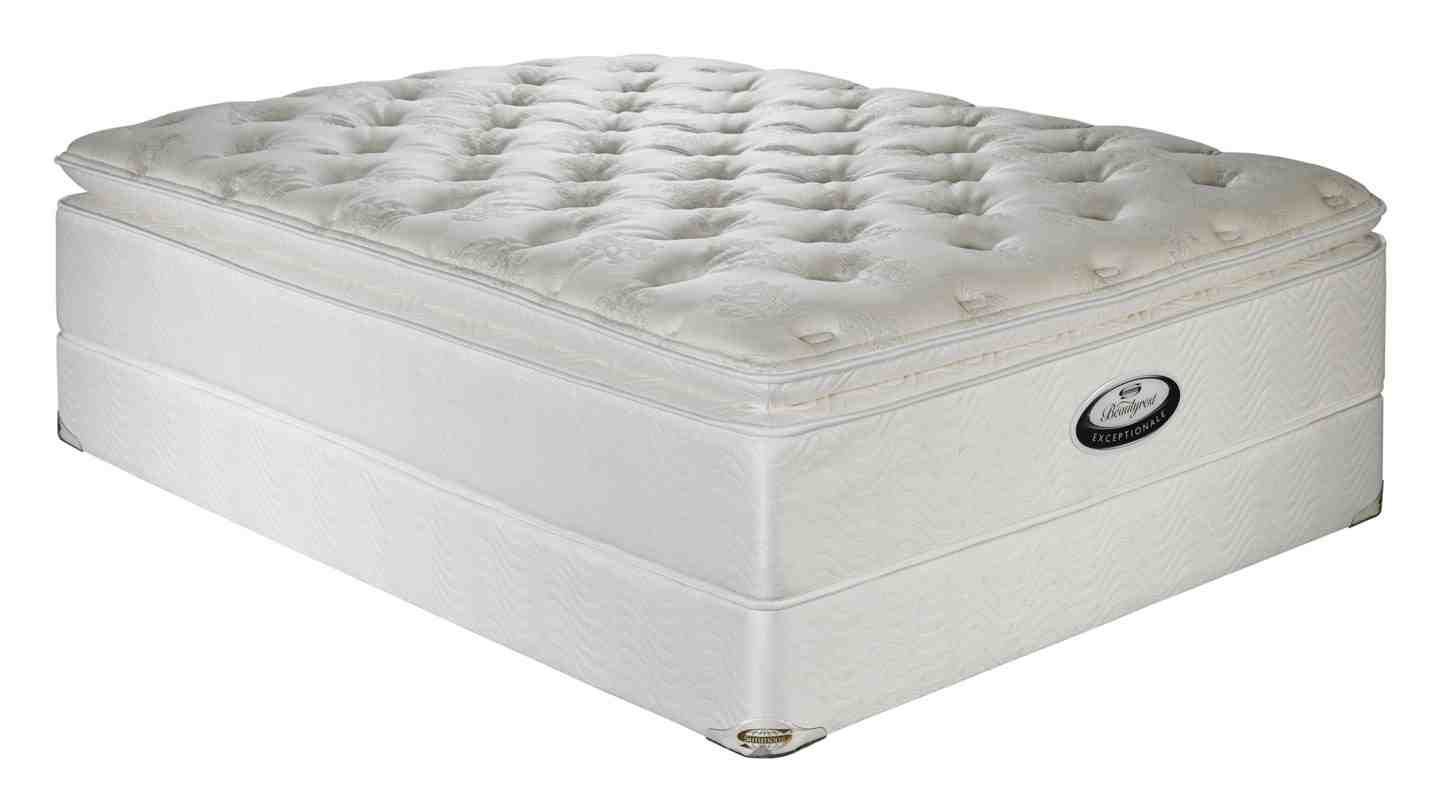

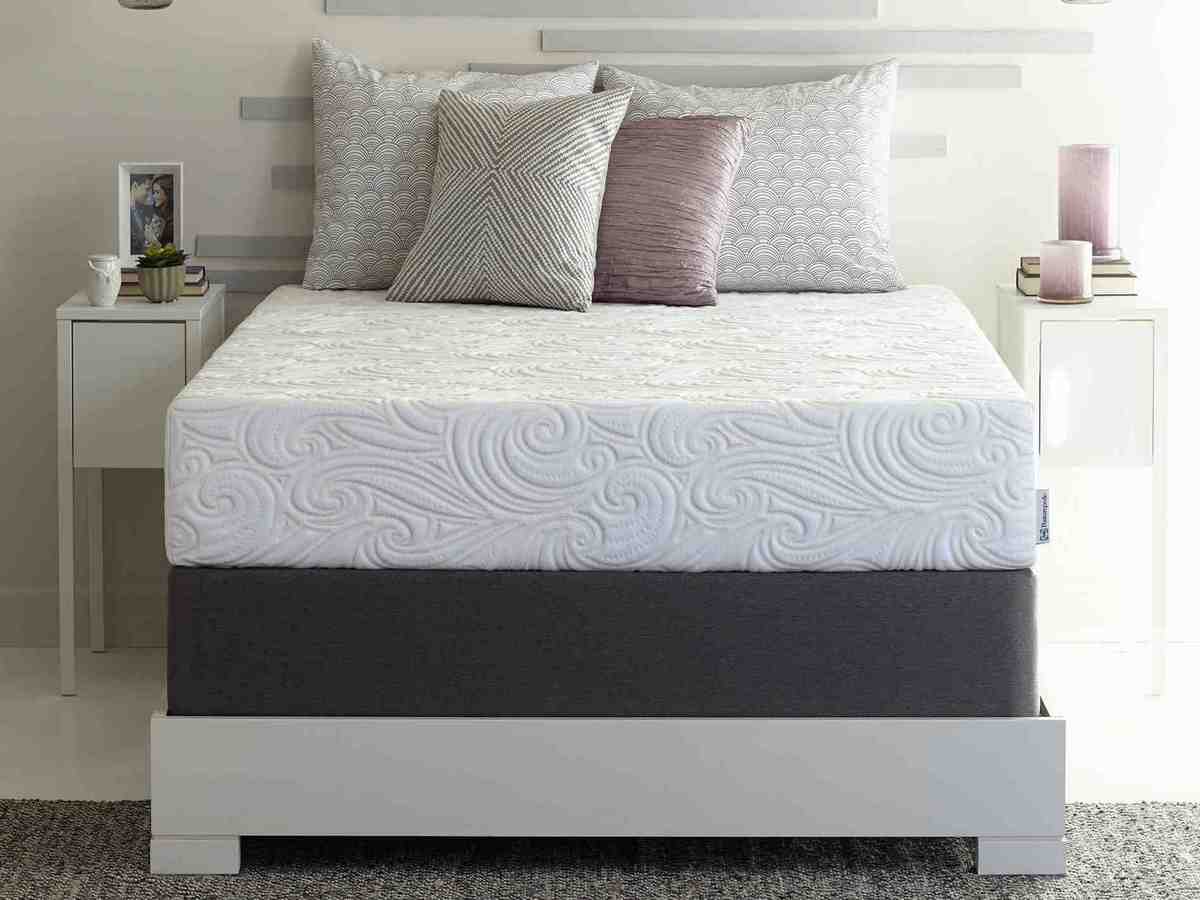


















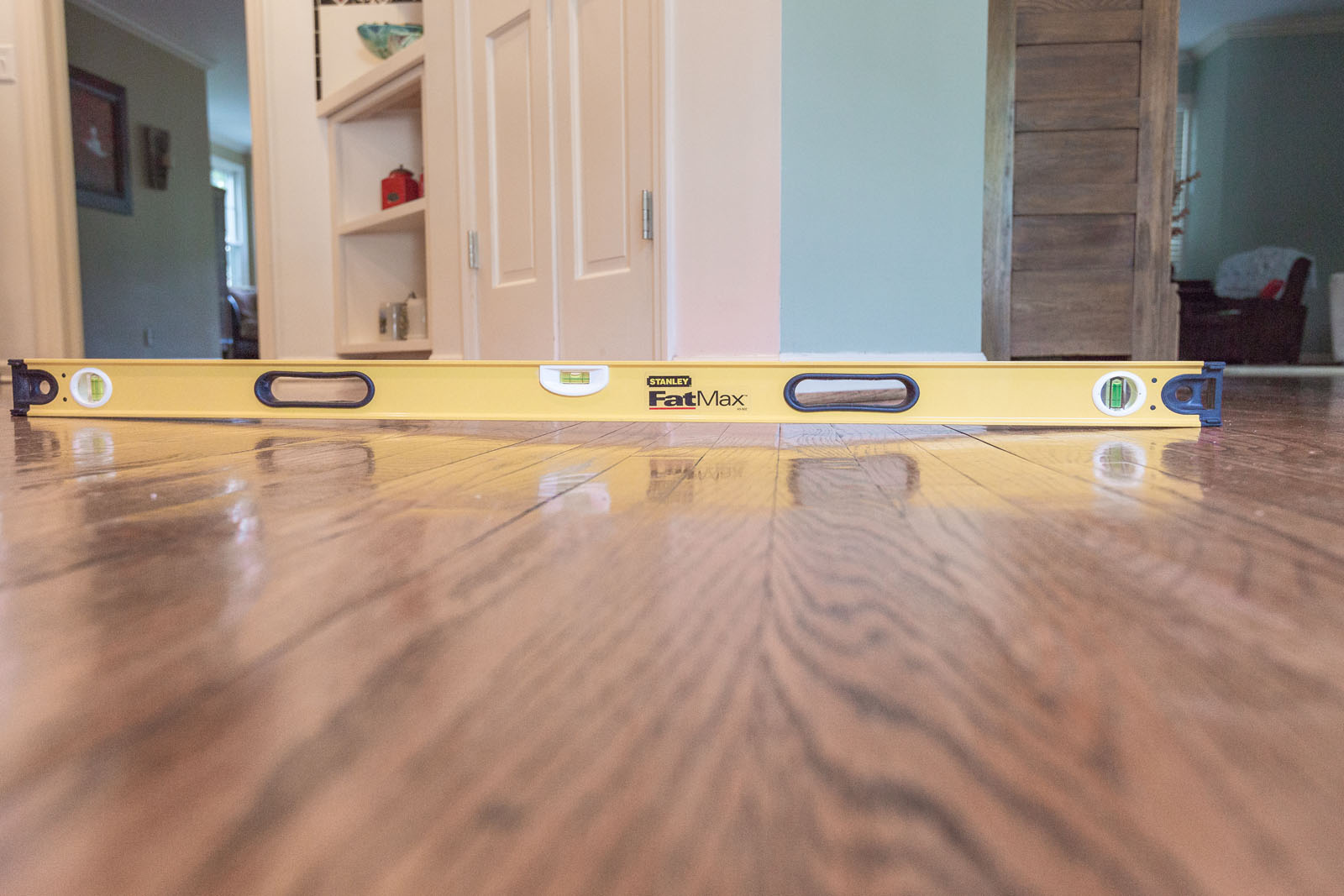




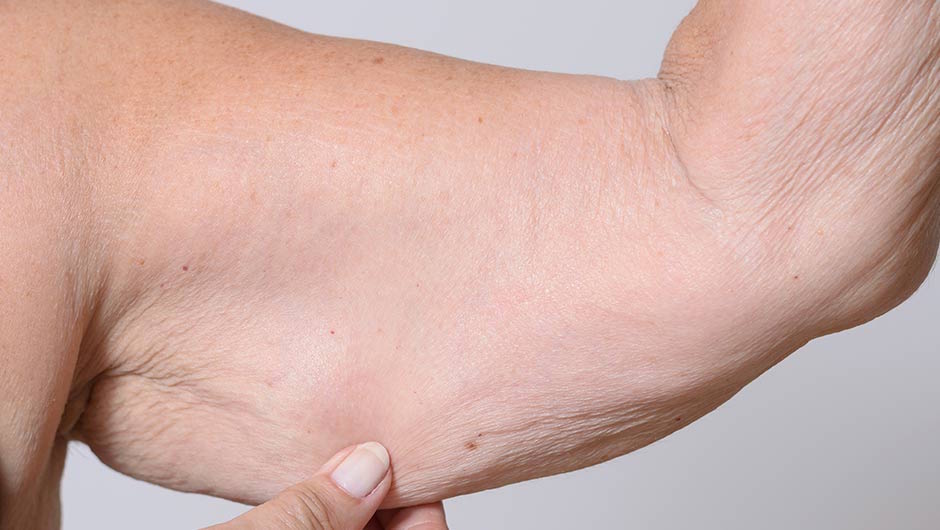






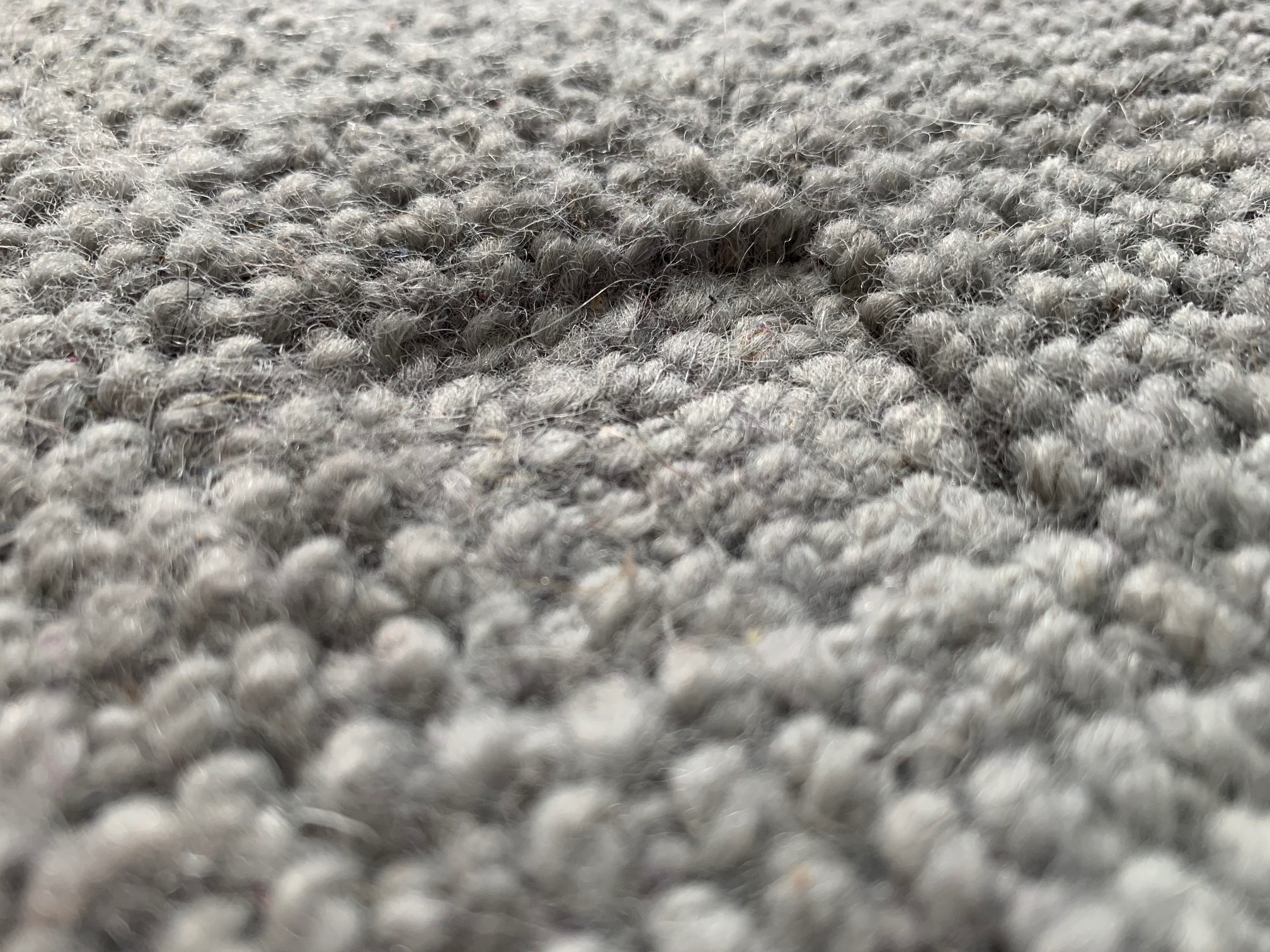




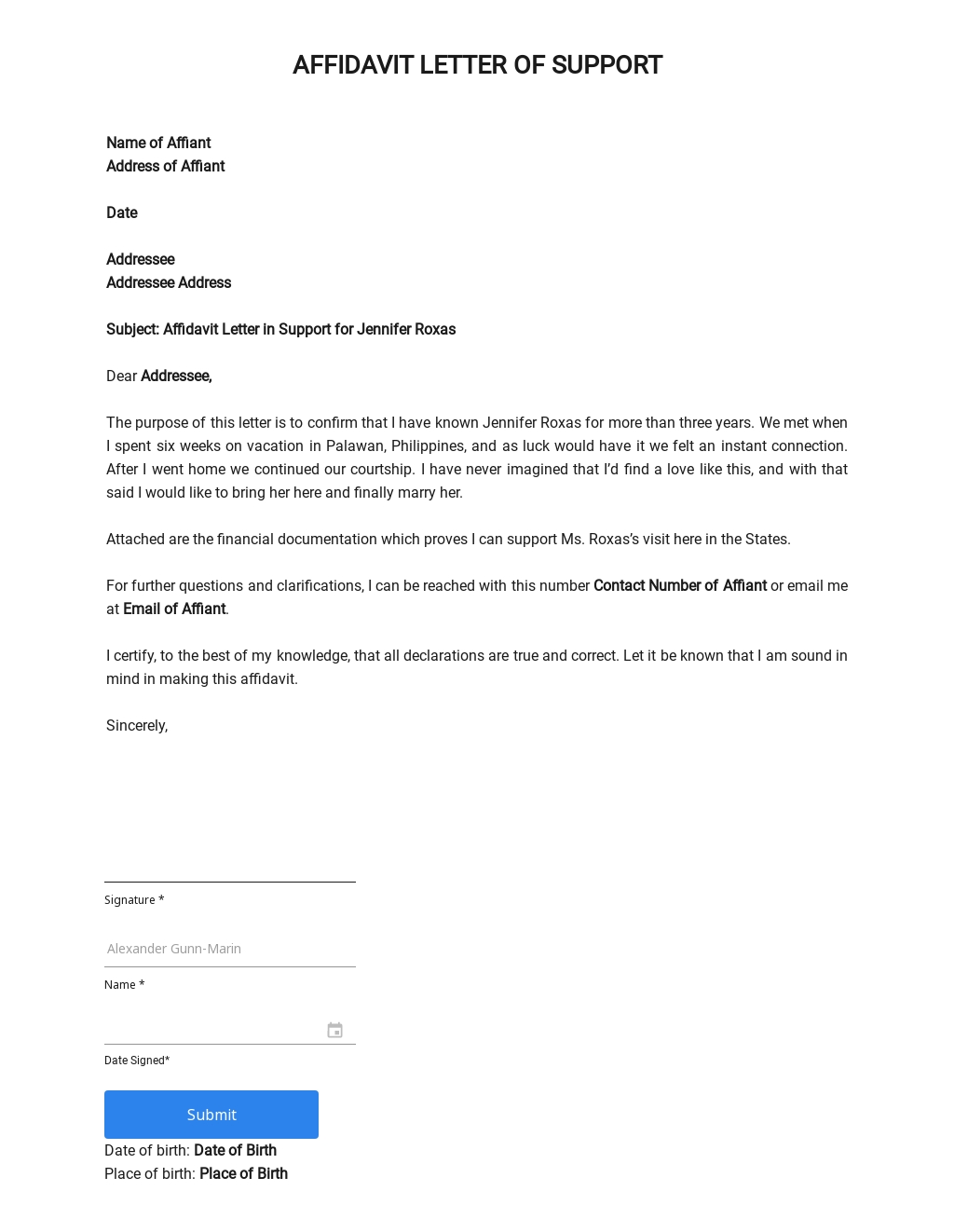











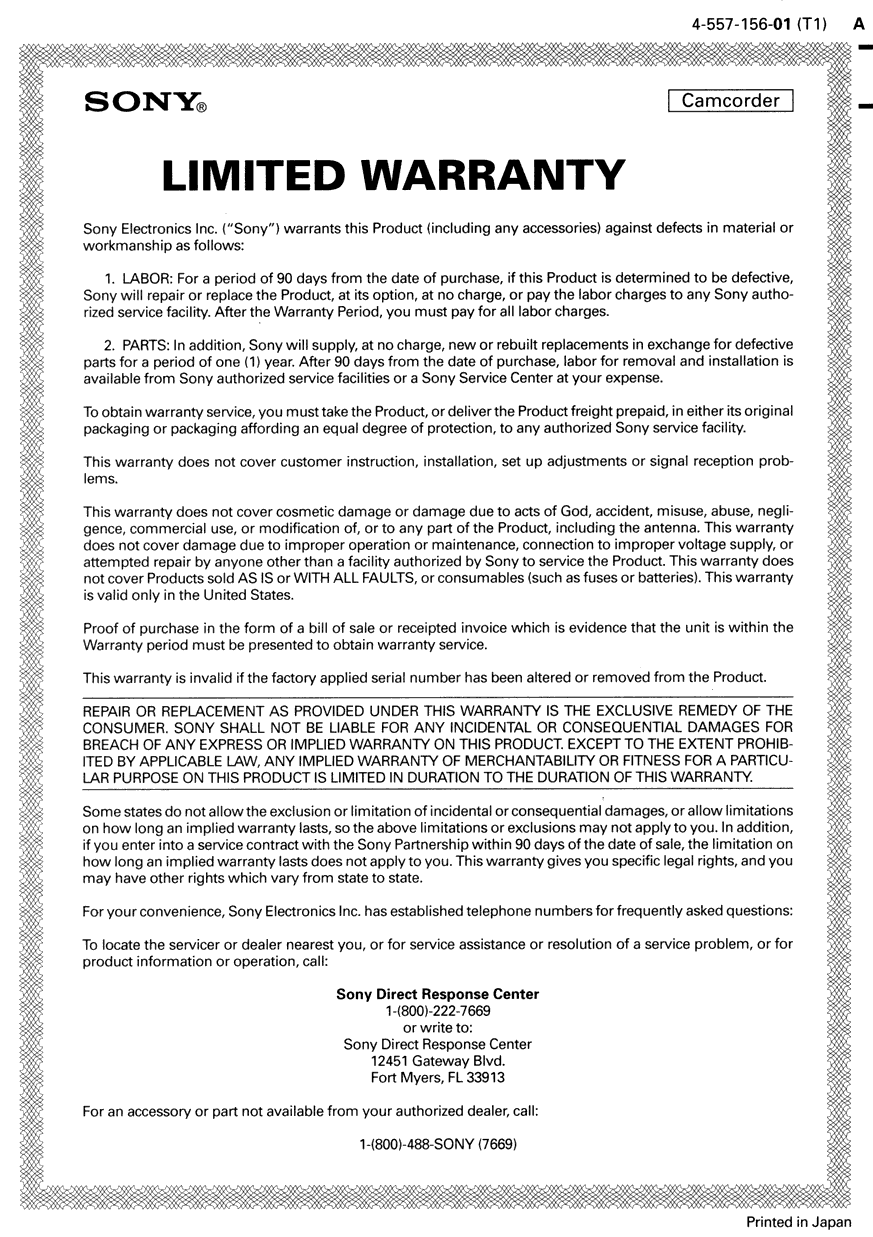











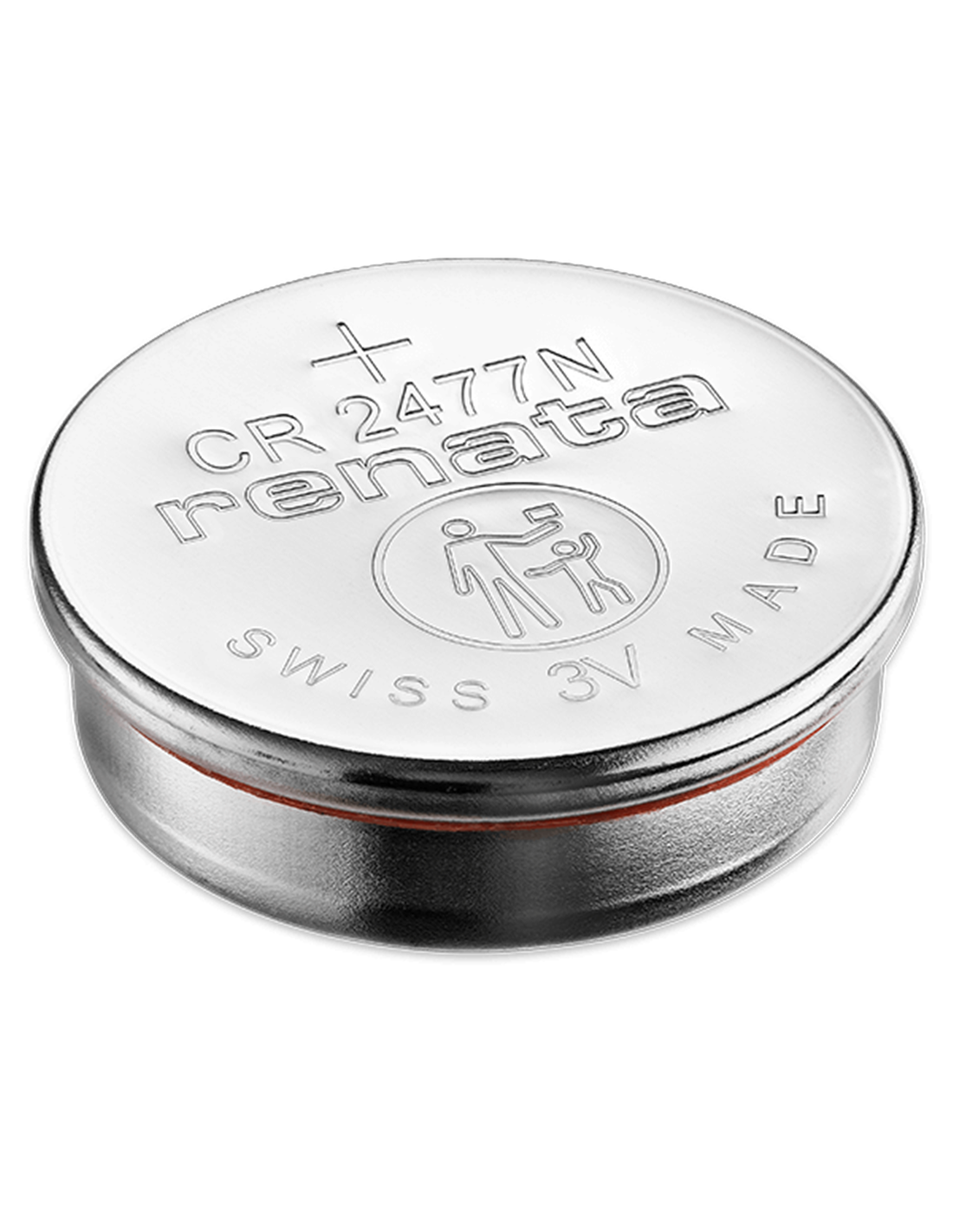
/knee_replacement-d94685eb137b454484c8e819c61b4a51.jpg)
